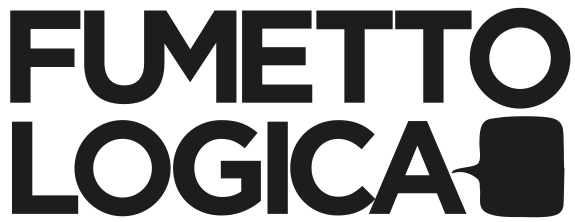A conversation with American comic artist Noah Van Sciver, about his vision of comics and about his books – especially those published in Italy so far.

How did you start making comics? Self publishing has always been a fundamental choice in your career.
I feel I have the same story as most cartoonists; I drew and read a lot of comics as a child, then abandoned comics as a teenager while I tried to get girls. But I saw a film about Robert Crumb when I was 20 and it was the first time I understood that you could use comics to express yourself instead of only drawing superheroes. I was inspired by that, and decided I would learn how to write my own stories. I lived near a photocopy shop and found out I could print my comics myself. And so, yes, I did self-publish until my work caught the attention of publishers. Which is good, because self-publishing is difficult and costly.
Your stories can be divided in historical and introspective/autobiographical. Why and how do you alternate the two?
I’m fascinated by the 19th century in America, and can never seem to keep it out of my work for very long. I like to bounce around in terms of storytelling because I get bored doing one thing for too long and also because I am afraid of being nailed down in any one storytelling style. I have broader interests than to solely focus on writing humor or drama.
Your work and your personality could fit into the style of Nineties or Seventies comic artist like Joe Matt or Harvey Pekar. Are those the kind of cartoonists that inspire you?
Oh yes, very much. I feel a great kinship with those artists. Also, Julie Doucet, David Collier and John Porcellino. So many amazing artists.
Saint Cole speaks about a contemporary generation always at the brink of a crisis. How was this story born?
Saint Cole was written from my own fears of survival. Before drawing comics I worked in restaurants and I was very poor even though I worked all the time. I could never make enough money to put away into savings. It’s a tough existence that doesn’t end for most people and then what happens if you have a child to take care of? And a girlfriend and her mother? Thinking about those pressures and how someone would try to escape them was the inspiration for Saint Cole and it is a story I am very proud of.
I want to say something about the translation which has been lost to Italian readers though. The title Saint Cole in English sounds like “Sink Hole” which is what the character georgie is trying to say at the end through his speech impediment. It is a subtle joke. There is no character named Saint Cole.

Your stories with historical subject are pretty accurate. How do you choose the subjects and how do you work on them?
I work on anything that inspires me. I did The Hypo, for example, about Abraham Lincoln’s depression, because I was inspired by somebody with that debilitating kind of flaw going on to achieve the American presidency.
Your character Fante Bukowski mixes the names of John Fante and Charles Bukowski. Why this curious mash-up?
John Fante was a drunk writer who inspired Charles Bukowski, and both of those drunk writers inspired Kelly Perkins so he changed his name to Fante Bukowski in honor of his heroes.

I find Fante Bukowski pretty similar to some contemporary tv sit-coms (Louie, Bored to Death, Baskets), and I can’t help but seeing it portrayed by Zach Galifianakis (his Baskets is also somehow similar to FB, but released after your book). Did you create the character based on the Galifianakis’ persona? What do you think of the comparison?
I didn’t have Zach in mind when I created him, and even still don’t think of him when I draw Fante Bukowski, but I don’t mind the comparison at all. I’m a fan.
Fante Bukowski tells the story of a writer, but is it a metaphor of the role of a slacker and loser underground cartoonist?
Ha ha the short answer is “Yes.” There is a lot in the Fante Bukowski books that come from my own experience as a self published cartoonist who felt he got no respect from anyone.
Being a cartoonist deeply radiated in the indie comics scene, which are the contemporary artists that inspire you the most?
It’s always difficult to make a list off the top of my head but here are a few: Joseph Remnant, Leslie Stein, Charles Forsman, Nick Drnaso, Sarah Glidden, Jordan Crane, Kevin Huizenga…
And from outside the US?
Igort, Manuel Fior, Alessandro Tota, Ulli Lust, Pierre Maurel, Max De Radigues, Sacha Goerg, Antoine Cosse, Aisha Franz…
You are a prolific cartoonist. Do you have a particular work ethic? I remember one older story where you tell how comics helped you getting out of a dark period of your life.
I draw a lot off and on throughout my day. I don’t draw at a desk or in a studio, which I find too restrictive usually, but often in bed or out at a bar or in a coffee shop. I carry my pages around in my backpack so I can work whenever I feel inspired to. I also believe in working in sketchbooks everyday as well.
As you may remember, a couple of years ago when Robert Crumb mentioned you during Lucca Comics as one of the three contemporary cartoonists he admired the most (among Daniel Clowes and Joe Sacco), I wrote you right after, to let you know that. What was your reaction after this sign of appreciation by such a master?
That was very shocking since as I said earlier, it was seeing his film which opened my mind about the possibilities of comics. I’ve since received a few postcards from Crumb which mean a lot to me. I hope to meet him someday!


